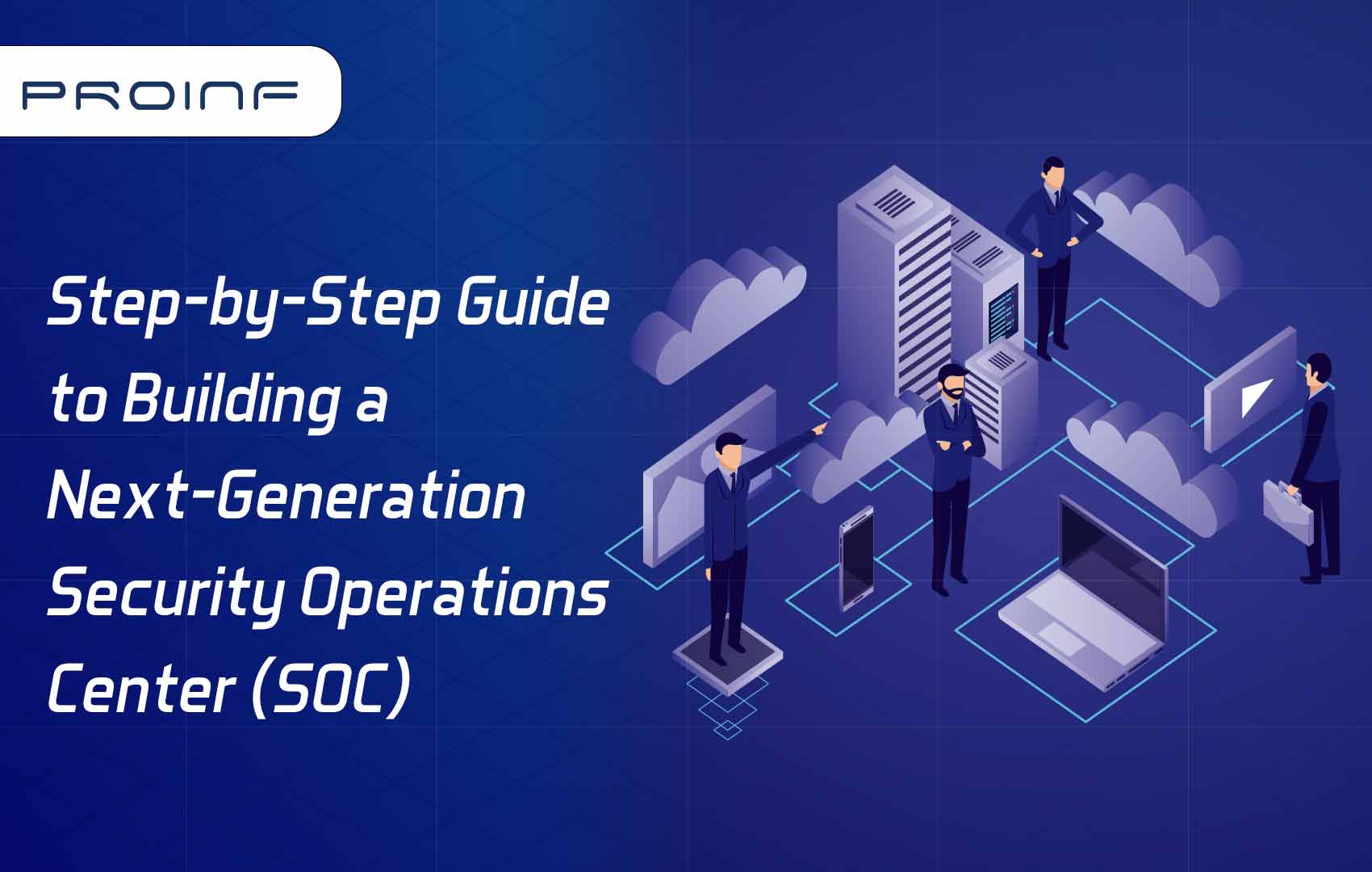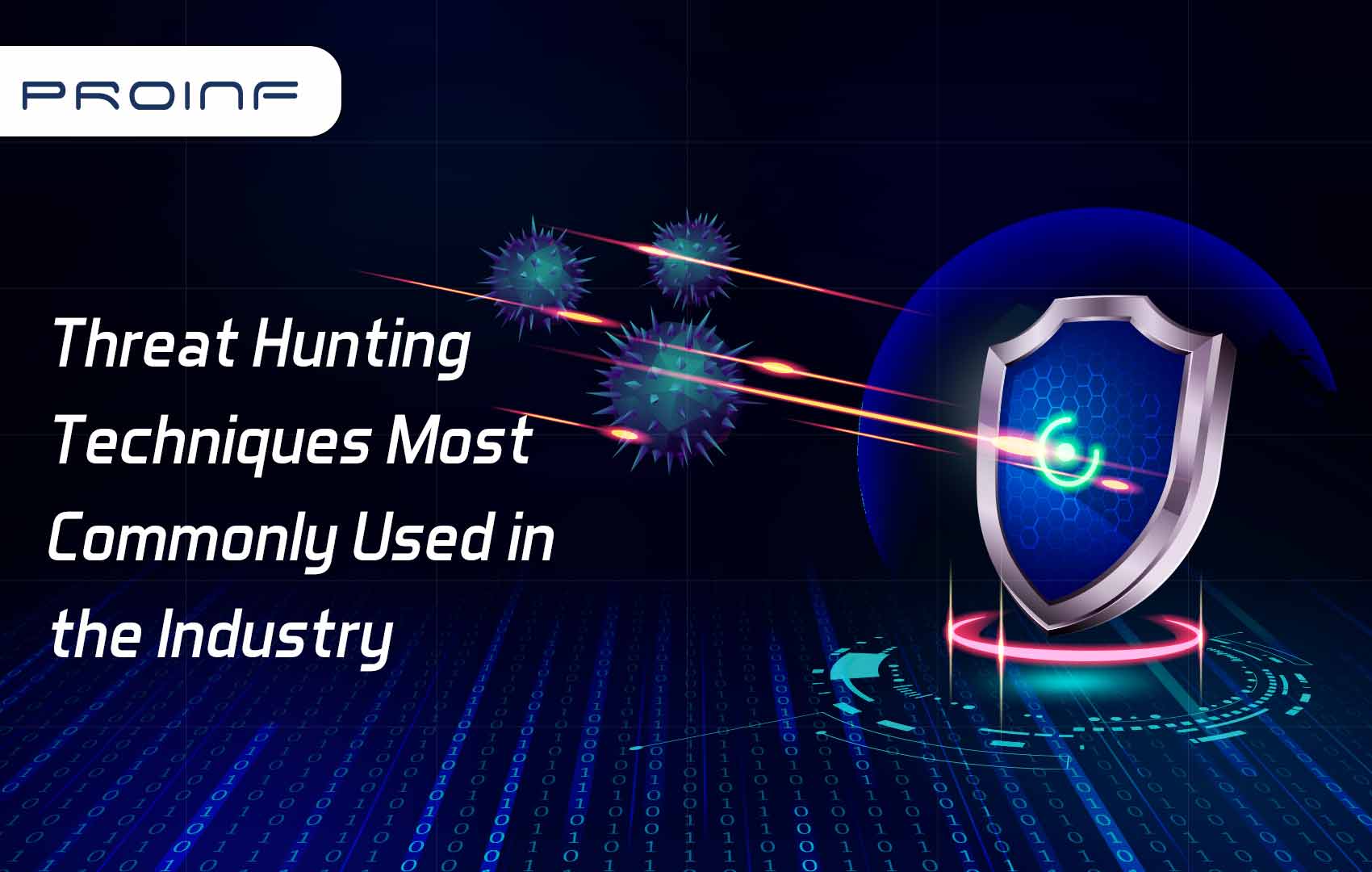How to secure IT, OT, and IIoT by aligning the SOC?
We must first recognize the differences between OT and conventional IT settings to comprehend the main issues of adequately protecting OT.
2010 marked the beginning of a harmful computer worm known as Stuxnet, which targets supervisory control and data acquisition (SCADA) systems. It is now widely accepted that Stuxnet was the cause of significant harm and the destruction of centrifuges used in Iran's nuclear program.
Moving forward to 2014, we witnessed the rise of the Sandworm hacker collective, which is thought to be behind the enormous NotPetya assault that brought down businesses all over the world as well as a targeted onslaught against Ukraine's infrastructure that resulted in widespread blackouts. Even more recently, during the past year, threats have been made that directly target Israel's water infrastructure.
There are technological reasons why these kinds of state-sponsored assaults on key infrastructure are believed to be becoming more frequent and feasible. Here, we'll look at those causes and how to strengthen the attack as a defensive strategy to shield mission-critical systems from hackers and other threats.
A Brief on Critical Infrastructure and Operational Technology
We must first recognize how operational technology (OT) differs from the conventional information technology (IT) environment to comprehend the primary issues of adequately safeguarding OT. When discussing computing systems, the terms "OT" and "IT" are used interchangeably to describe systems that are used to control industrial activities.
Industrial control systems (ICS), including the network, ICS servers, ICS workstations, routers, and switches, as well as process control and automation tools like human-machine interface (HMI) and SCADA, among others, make up operational systems. The ICS represents a significant portion of the OT sector and is used to monitor and manage industrial processes.
They are often characterized as mission-critical applications with high availability requirements. Conveyor belts at mining sites, manufacturing facilities, telecommunications, water and waste management, oil and gas refining, transportation, power use on electrical grids, and alerts from building information systems might all fall under this category.
An industrial environment is created to focus solely on productivity and maintain a closed network system, in contrast to IT settings where a team employs a CIO's strategy and architecture for the entire ecosystem and constructs the network infrastructure to be integrated with the internet. It is extremely challenging to adapt a security posture that can safeguard OT systems because of this basic mismatch.
How are threats introduced?
OT devices and systems need to be safeguarded since they are the foundation of contemporary commercial automation solutions and ICS for critical infrastructure. OT settings were first created to be closed. An attacker is required to be present within the OT environment for an attack to take place. A good example is the Stuxnet worm, which was previously mentioned and required the use of an infected USB flash drive on a network device.
These established OT systems have been operating well for many years and still employ legacy technologies.
Programmable logic controllers (PLCs) that operate industrial electromechanical operations for
- Manufacturing and robotics,
- Valves that open and shut for gas, oil, and water, and
- Circuits that switch on and off to control the flow of electricity are a few examples of legacy applications.
The Internet of Things (IoT) is being rapidly incorporated into newer situations involving aging OT equipment. For remote access and centralized command-and-control, solutions are being connected to IP networks and the internet. Other purpose-built OT devices, commonly referred to as Industry 4.0 or the Industrial Internet of Things (IIoT), offer native interaction with IP networks. To improve production processes and save businesses time and money, this entails the use of smart machines, sensors, big data technologies, and machine-to-machine (M2M) communication. Data collected, analyzed, and relayed in this way can be used to identify inefficiencies as well as process or product flaws.
Sensors on truck fleets, autonomous trains, and drones, as well as "smart city" sensors on public infrastructure used to regulate street lights or alter traffic patterns, are a few examples of already-commonplace applications. Here, OT opens countless opportunities for more dependable and cost-effective operations. However, OT settings are dangerously exposed to the global internet by adding IIoT for remote access as well as to operationalize and monitor these processes. The attack surface of a previously "closed environment" rapidly increases with exposure, making it susceptible to catastrophic collapse.
However, IoT has advantages in OT situations, so enterprises must be ready for them. Security solutions must address the practically universal exposure to the same cyber threats associated with business IT, regardless of whether OT devices are basic, sophisticated, or intelligent because of the shared IP connectivity over the worldwide internet.
The good news is that there are methods for combining OT device security with business IT security to give a consolidated, organizational-wide perspective and enable quick detection, investigation, response, and mitigation of threats that are transmitted over the internet.
Emerging Technologies Pose Challenges
One issue that has arisen as technology progresses and OT adopts IIoT with internet connectivity is that the personnel in charge of OT are probably different from the team in charge of IT procedures. When OT is outsourced or has IIoT devices installed over a large geographic area, IT may be fundamentally unaware of those devices and lack the power to control the data required to manage security from a single or centralized view.
Therefore, it is understandable why OT systems are frequently disregarded in crucial security procedures like developing a disaster recovery plan or keeping an eye out for unusual activities. Additionally, OT devices frequently contain design flaws that make them vulnerable, and because numerous staff members are responsible for monitoring them daily, the devices are vulnerable to neglect because no one is specifically assigned to regularly deploy security fixes. These elements foster an atmosphere that is ideal for unscrupulous attackers that prey on foibles.
It is obvious that separating security efforts for OT and IT is a bad idea. All linked technologies, whether from OT environments, IT environments, or the IIoT, must have an integrated capacity for threat detection and response. This requires a complete picture of all threats. Surprisingly, some newer IIoT devices might also lack integrated security management capabilities, as is the case with many legacy OT equipment. This implies that firms employing both old and modern OT must get beyond these obstacles to choose an effective strategy for OT security that is stronger.
Locating a Workable Security Solution
Baseline security monitoring of all OT system devices is necessary to detect an attack on the IIoT and OT. Monitoring these devices, however, calls for knowledge of OT protocols and is a specialist effort. A third-party device monitoring solution can be used by organizations without OT protocol expertise. These solutions frequently integrate with external sources for analytics and response automation, like a contemporary SIEM management platform, providing a consolidated view across IIoT, IT, and OT device types.
Newer IoT and IIoT devices likely have native security monitoring built in, enabling them to automatically send and receive security data with a centralized IoT monitoring system. Due to their low memory and processing power, older OT devices make this improbable. The collection of event data will be more difficult under these circumstances.
To work around the lack of security software on traditional OT devices, one way is to automate periodic device polling with scripts. Observing the devices' network activity is an additional method. Network traffic analysis is fascinating since OT devices frequently run autonomously. Since they are pure machines, standard security solutions that monitor IT activity based on direct human activities cannot be used to analyze the "behavior" in an attack chain. To do this, OT device activity can be subjected to entity analytics, which are employed by contemporary business IT security systems to identify and manage sophisticated threats that can't be handled by outdated solutions.
User and entity behavior analytics (UEBA) solutions provide a baseline for "normal" activity on a corporate network using operational data from a variety of sources, machine learning, and behavior analysis. Entities can be any IIoT or OT device, as well as IT assets including hosts, apps, network traffic, and data repositories. An entity analytics system, for instance, can quickly identify an irregular attempt to access OT devices for an oil and gas valve controller system if those OT devices are typically accessible from specified operators using certain computers at a specific location.
Anomalies alert security operations center (SOC) analysts, who employ data for investigation and threat mitigation. This serves as an example of the advantages of combining entity analytics tools with a cutting-edge SIEM platform to provide a single SOC team's enterprise-wide view of all IT, OT, and network security. Timelines are built for each incident, and contextual information is used to link events with associated risk factors. These give analysts information on the typical and unusual user and device behavior for IT, OT, and IIoT devices, making it simple for SOC analysts to identify abnormalities and reduce incidents.
Proinf Aligned Approach
Proinf enables a defined border around the whole IT infrastructure of your company and has edge services police it. The bundle offers notifications for continuous performance and security monitoring.
Because we provide methods for planning and implementing the deployment of hybrid networks that combine conventional office systems with IoT and industrial devices, Proinf is the top pick for an OT security provider. Proinf creates a network between websites by using links on the internet but disregards the underlying media and uses the same security procedures everywhere.
The SOC can guarantee that security event detection and response is implemented precisely as necessary, wherever it is required, thanks to the unified view of enterprise-wide security.


